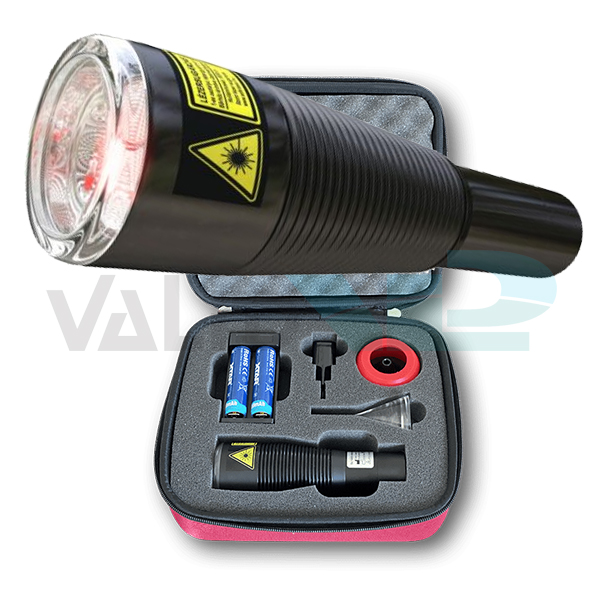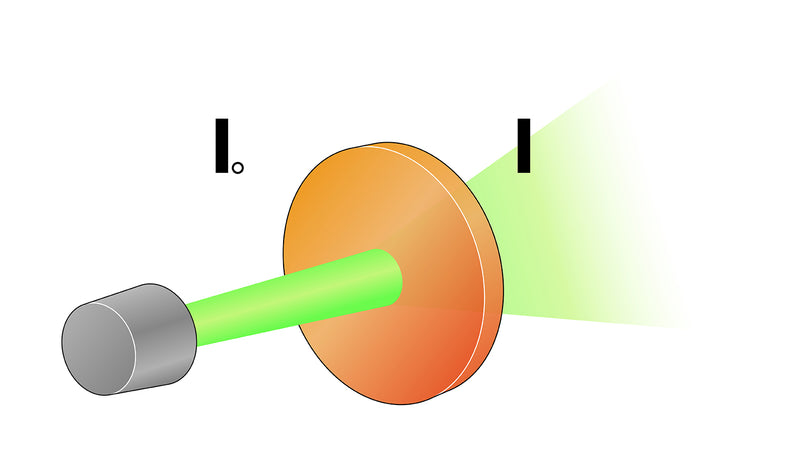Good Reasons For Picking A Safe Laser Device
Good Reasons For Picking A Safe Laser Device
Blog Article
How Can Safe Low-Level Laser Therapy Aid In Treating Dental Issues?
Safe Laser low-level laser therapy (LLLT) can help with various dental problems through several ways. Reduced Inflammation- LLLT is anti-inflammatory by reducing the release of proinflammatory cells and encouraging the production of anti-inflammatory mediators. LLLT is effective in treating dental conditions such as gingivitis and periodontitis. It can reduce the inflammation of gums and improve the condition of gums.
LLLT can accelerate tissue regeneration. It stimulates cellular growth and metabolism. LLLT has been proven to improve the healing of wounds and reduce the pain that occurs after dental procedures like oral or periodontal surgery.
Pain relief LLLT reduces pain by altering nerve conductivity and reducing pain mediators like the substance P. It may also assist to alleviate sensitivity and pain following dental procedures.
LLLT is a method to reduce bacterial levels in the mouth cavity. It can be used in conjunction with other treatments to treat oral infections such as ulcers or periimplantitis.
Treatment of Temporomandibular Disorders (TMJ)The LLLT treatment is a treatment that helps relieve muscle tension and inflammation within the TMJ and provide relief for symptoms like jaw discomfort popping or clicking sounds, as well as restricted jaw movement.
Oral Mucositis - LLLT reduces the severity of oral mucositis. Oral Mucositis can be a result of chemotherapy and radiation cancer patient. It can alleviate pain, and promote healing for oral mucosal lesions.
Growth of Healthy Gum Tissues Growth of Healthy Gum Tissues LLLT has been shown to increase the number of gingival fibroblasts. It also promotes the development and growth of healthy gum tissues. This can prove beneficial in treating gingival decay or for encouraging the attachment of gingival tissues to dental implants.
Overall, safe Laser low-level laser therapy is a non-invasive and drug-free approach to managing various dental problems that promotes quicker healing, pain relief and improved oral health outcomes. Before using LLLT to treat dental problems you must consult with an expert dentist. They can offer an assessment and treatment recommendations. Take a look at the recommended safe laser árak for blog advice including lagylezer terapia, laser hu, lágy lézer kezelés, safe laser használata, lágylézer készülékek, safe laser használata, laser lézer, lágy lézer, otthoni lézer kezelés, lágylézer készülék and more.
What Are The Advantages Of Low-Level, Safe Laser Therapy (Lllt) For Ear Problems
Low-level laser therapy can be used to treat a variety of ear disorders. LLLT can help to reduce inflammation in conditions such as Otitis (inflammation of outer ear canals) and otitis (middle ear infections).
LLLT provides relief from the pain in your ear.
LLLT can promote tissue healing through enhancing the repair of tissues. LLLT aids in faster healing for damaged tissues in conditions such otitis, eardrum ruptures, or otitis.
Improved Blood Circulation – LLLT improves microcirculation, vasodilation and blood flow to the ear. Improved blood circulation can help deliver oxygen and nutrients to injured or inflamed tissues, encouraging healing and reducing inflammation.
Tinnitus treatment- LLLT treatment is being studied as a possible solution to tinnitus. Tinnitus can be characterized by ringing, buzzing, or humming sounds in the ear. While it is unclear what LLLT performs but it has been demonstrated to increase blood flow, lessen inflammation and alleviate tinnitus.
LLLT helps reduce earwax accumulation within the ear canal. It also helps break down the earwax, reducing the chance of infection and ear blockage. This is particularly beneficial to those with excessive earwax, or experience earwax imposition.
Overall, Safe Laser low-level laser therapy is an uninvasive and drug-free solution to treat a variety of ear issues that can alleviate symptoms such as inflammation, pain, and earwax buildup. It's best to consult an ENT specialist before applying LLLT for ear issues. It will guarantee that you receive the correct diagnosis and treatment. Take a look at the top safe laser 1800 for blog advice including orr lézer készülék, gyógyító lézer készülékek, laser hu, lézer kezelés hatása, lágy lézer vélemények, safe laser bérlés, mozgásszervi problémák, lezer kezeles, lezer kezeles, lágylézer kezelés and more. 
How Long Before A Safe Laser Device Can Have An Effect On Healing Wounds?
Safe Laser low level laser therapy can be very effective in repairing wounds, however the results will vary depending on the severity and nature of wound as well as the response of the patient treatment. Typically, a series of LLLT sessions spread over a certain time frame is recommended to ensure optimal wound healing.The amount of LLLT sessions needed for wound healing is determined by many factors.
The severity and type of wounds - The kind of wound and its severity may affect the amount of LLLT sessions needed. The number of sessions needed for smaller, less severe injuries may be lower than those for more severe or more serious injuries. Additionally, subclinical and chronic wounds might require more sessions.
The process of healing wounds could affect the amount of LLLT sessions required. Treatment can differ based upon the level of wound healing. LLLT is effective at every stage of healing promoting tissue repair and regeneration.
Individual Response to Treatment Personal factors, such as general health immune function, healing capacity, can influence the way a person reacts to LLLT to treat wounds. Some people respond faster to treatment, resulting in quicker wound healing. Others might require more treatment.
Treatment plan- The treatment protocol recommended by a doctor has a significant impact on the frequency and amount of LLLT treatments to heal wounds. Healthcare professionals can tailor treatment plans for each patient. This might include scheduling LLLT several times per week for a certain period of duration.
While some patients may see improvement in wound healing after just one or two LLLT sessions, some may require more extended treatment to achieve optimal outcomes. If you're looking to fully reap the benefits of LLLT for wound healing, it is essential to adhere to the protocol prescribed by a professional. The communication with your healthcare professional and monitoring the progression of the wound is important for the appropriate management and adjustment to the treatment program.